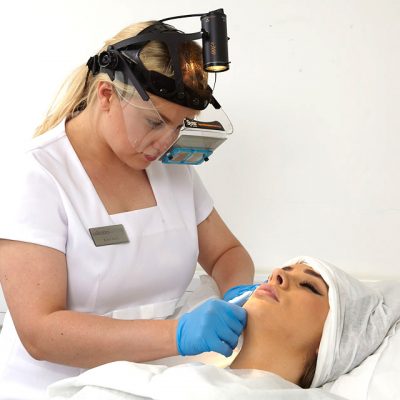Sun Damage
Do you have any of these?
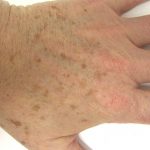
Age Spots
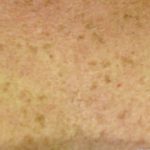
Age Spots
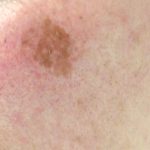
Pigmentation
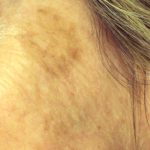
Pigmentation
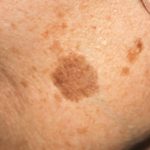
Pigmentation
Have you ever been sunburnt? Have there been stages in your life when you spent a lot of time outdoors?
Perhaps what you once viewed as an attractive sprinkle of freckles across your cheeks has begun to become much larger signs of sun damage?
Age/ brown spots and pigmentation are harmless but can be quite conspicuous and detract from your skins natural beauty. However, you may be concerned that a pigmented lesion is a sign of a more serious problem and want reassurance that it’s harmless.
At the Chiltern Medical Clinics, we offer a range of treatment options to help correct age spots and pigmented lesions. The type of treatment we recommend will depend on the nature of the lesion.
Before & After Pictures
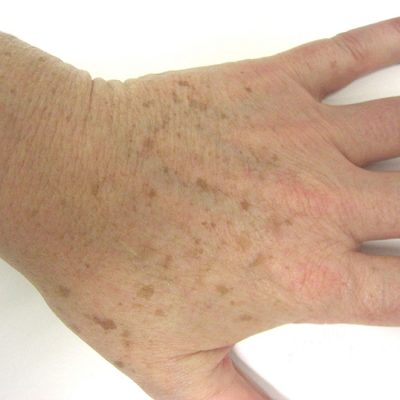
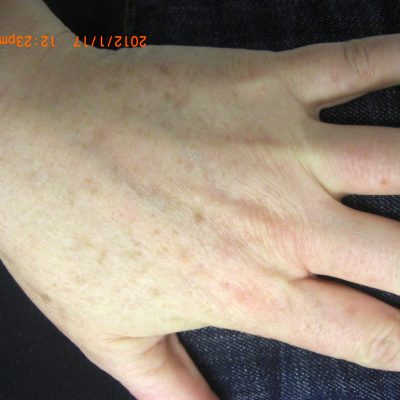
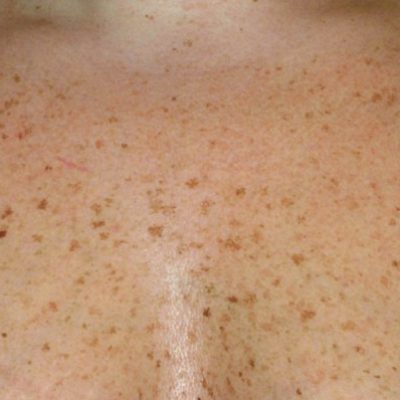
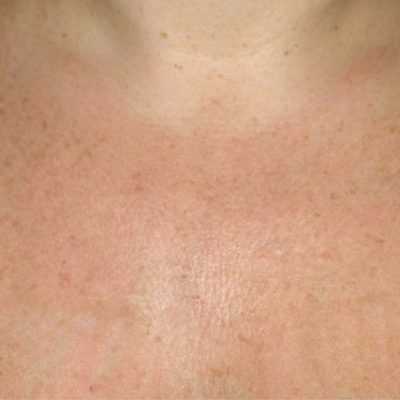
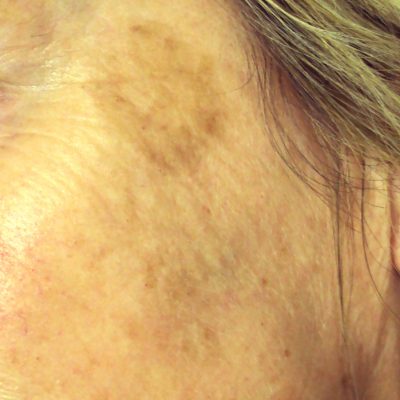
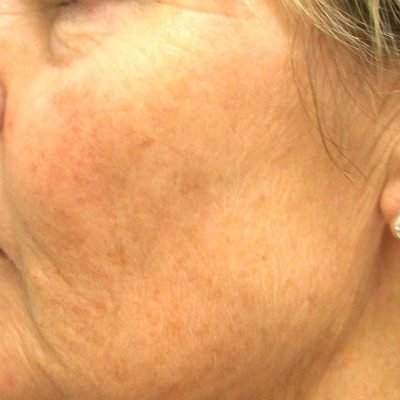
Sun Damage Frequently Asked Questions
Melanin is what gives your skin its colour. Dark or light complexioned, we all have varying amounts of melanin. Pigmented lesions are dark in colour simply because melanin is abnormally concentrated in one area of the skin.
High concentrations of melanin can be due to various factors. Some types are present at birth, but most occur with age or as a result of photo toxic sun damage, i.e. overexposure to the sun’s damaging rays. External pigmentation chances can also occur due to skin damage caused by eczema, very dry skin conditions, acne scars, insect bites, cuts, scratches and grazes. Internal pigmentation is often the result of hormonal changes, e.g. the use of birth control pills, pregnancy, breastfeeding, menopause, illnesses and certain medications.
There are several treatment options to improve the appearance of sun damaged or pigmented skin – these can be used alone or combined for the best outcome.
One of the most successful treatment modalities for removing or lightening pigmented lesions is modern laser technology. Other treatments include skin peels and microdermabrasion.
It’s important to note that not all pigmented lesions are suitable for laser treatment, both for medical reasons and due to lack of effectiveness. Many birthmarks are unfortunately not amenable to laser treatment and are often best left alone or cut out/excised.
Hormonal pigment/melasma is also generally not amenable to laser treatment and is treated by medical grade prescription creams, such as retinoids and hydroquinone. This can be obtained through a qualified doctor.
Pigmented lesions of the ‘sun spot’ type are usually harmless benign lesions but we would always view any pigmented lesion as a potential skin cancer or melanoma until proved otherwise by careful expert assessment and a skin biopsy. We will therefore not laser just any pigmented lesion as laser treatment for sun damage of any kind is reserved for our specialist doctors.
It is dangerous to have pigmented skin treated by laser or Intense Pulsed Light in salons by therapists who do not have medical qualifications or training.
A laser is designed to produce one or more specific light wavelengths, which are absorbed by the darker pigment. Pigmented lesions are either lightened or removed when laser light passes through the skin but is absorbed by abnormal concentrations of melanin. The rapid absorption of light energy causes the melanin to destruct to a point where the melanin concentration is reduced, leaving the treated skin looking uniform in colour and texture.
Most commonly, people compare laser treatment to the sensation of a rubber band snapping against their skin. The FDA-approved lasers we use have an in-built cooling mechanism which will help make the procedure as comfortable as possible.
As we have pointed out above, laser treatment isn’t always an appropriate treatment option for pigmented lesions. However, there are many simple sun spots and solar lentigines, which we do treat with laser. The safety of this technique lies in a skilled diagnosis by our specialist doctors.
After treatment, the treated blemishes will form dark scabs that will disappear within 1 week.
The cost of your treatment will depend on the area requiring treatment and how many treatments you need. Your first port of call will be to have a consultation with one of our skin specialists. They’ll need to access the lesion and decide the best course of treatment to help you as you may not be a suitable candidate for laser treatment in this instance. During this initial consultation, we will be able to give you a breakdown of the associated costs of any treatment we recommend.

